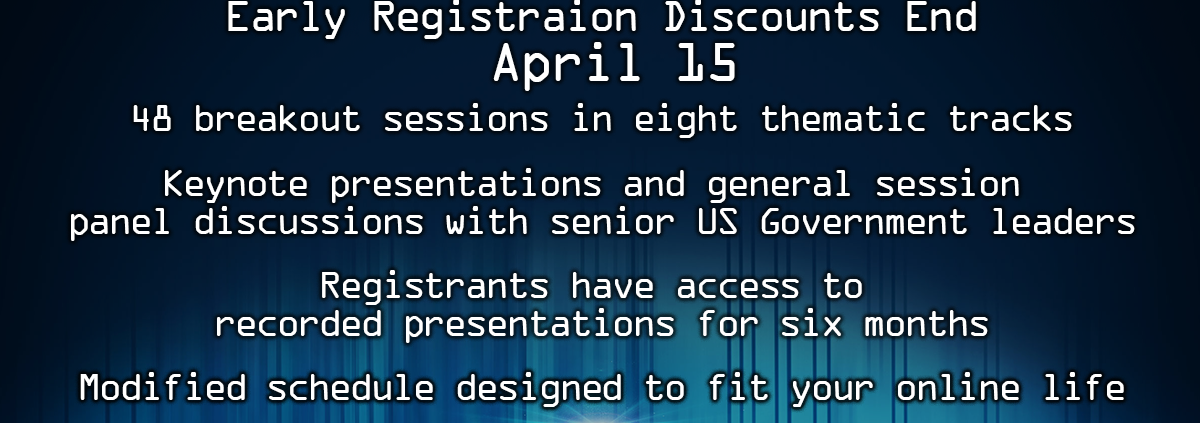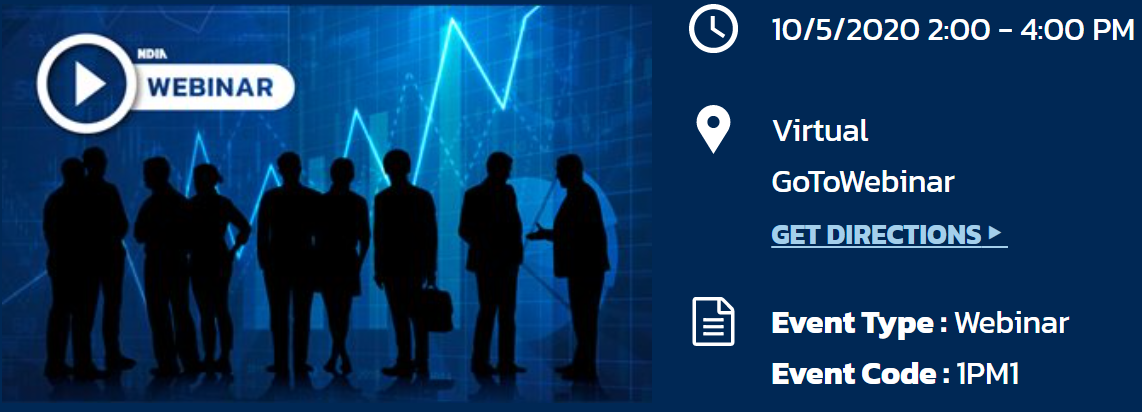What is the value of variance analysis reporting (VAR) from the perspective of the customer? How will the customer assess the quality of the VAR? This is an important component to consider.
In previous posts, we talked about the significance of and reasons for writing a monthly VAR. We also discussed the components of a quality VAR and considerations for the contractor control account manager (CAM) to contemplate in preparing the VAR.
Those of us who have been in EVMS business for many years know that no matter how hard you try and or how much time you devote to preparing CAMs, VARs are going to take a “hit.” A corrective action request (CAR) or an opportunity for improvement is certain to surface.
The VAR analysis process is somewhat subjective. Not every customer analyst will view the VAR data the same way. However, there are specific areas that the customer analyst will focus on.
Here we explore those areas to provide some guidance on how to successfully produce a quality VAR that is acceptable to the customer.
Most government agencies require their vendors to use the CPR/IPMR Format 5 [refer to DI-MGMT-81861 A] in preparing and submitting their VARs. The major components of the VAR are clearly identified in the IPMR Format 5 – Variance Explanations.
Avoid Common Data Issues
VAR problems generally arise because the data:
- Are not clear or concise
- Are not precise enough to explain the situation to the customer (e.g., root cause analysis, impact statements or corrective action plans)
- Are not recorded in the location as prescribed in the IPMR Format 5 instructions
- Are totally omitted
Attention to detail on the part of the contractor CAM and the project control staff will alleviate many of these problems.
Establish Reasonable Control Account Values
VARs are required any time a cost or schedule variance (current or cumulative) or variance at completion (VAC) exceeds established thresholds. These thresholds are typically established by the contractor in conjunction with the customer.
Since the total dollar value of a project’s control accounts varies, it is best to use both a fixed dollar value and a percentage of the control account value in establishing thresholds, such as +/- 10% AND +/-$200K. The goal should be to explain at least 80% of control account variance dollar value.
In addition, the customer may impose a limit to reportable variances. For example, the top 15, cost, schedule and/or variance-at-completion. This limits the number of VAR submissions to the customer.
Carefully Detail Root Causes
The customer will also typically focus their analysis of the VAR on the contractor’s assessment of the root cause of any variances. In many cases, the contractor will identify a symptom of the variance instead of the root cause. Effective corrective actions cannot be implemented unless the true root cause is correctly identified.
A Six Sigma process utilizing the “5 Whys” technique in conjunction with Ishikawa’s Fishbone Diagram and brain storming techniques typically helps to identify the root cause. This is particularly true in cases where the control account and the issues surrounding the variances are complex.
Outline Impacts and Corrective Action
The customer will also focus on assessing the VAR impact statement. They want to know:
- The cost and schedule impact, positive or negative, that reported variances are having, or will have, on the control account
- Associated control accounts
- The critical path
- The total program estimate at completion (EAC).
All the above should be clearly stated in the VAR Impact Section of Format 5.
As discussed above, identifying the root cause(s) of the control account variances is a critical step in identifying an effective corrective action. The contractor should clearly discuss what needs to be implemented, when the implementation will be completed, and who is responsible for managing the corrective action. Likewise, a discussion of the expected outcome as a result of the corrective action implementation should be provided.
Detail the Estimate at Completion (EAC)
The contractor’s reported EAC will be highly scrutinized. The customer will want to know the reasons for changes in the monthly EAC. This should be explained in the VAR.
Likewise, the customer will be particularly concerned about the realism of the EAC. Are future work scope and associated risks taken into consideration?
Validity checks of the EAC using TCPIeac vs CPIcum should be discussed. This is particularly true if the difference between the two metrics is .10% or greater. In addition, a discussion of the program manager’s EAC compared to the Independent EACs (IEACS’) Best Case, Worst Case, and Most Likely should be provided.
Pull Essential VAR Components Together
Writing an effective and accurate VAR can be a time-consuming challenge. As customer requirements or expectations increase, the challenge to meet VAR submittal requirements will increase as well. The posts in this series should arm you with the essential tools to successfully meet customer expectations.










14th annual EVM Practitioners’ Forum
/in Events, EVMSThe 14th annual EVM Practitioners’ Forum in partnership with Federal Publications Seminars will be held on October 30-31 at the Ronald Reagan Building and International Trade Center in Washington DC. Details and registration information are now available.